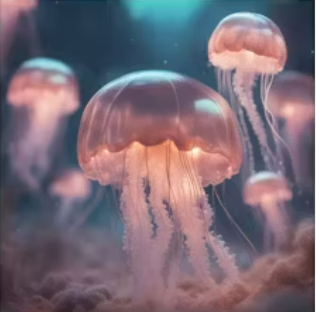Ionic bonding
Cards (10)
- ions form as a result of atoms gaining or losing an electron to become isoelectronic with a noble gas - noble gases have full valance shells, making them stable
- metals lose valance electrons to form positive ions (cations)
- non-metals gain electrons to form negative ions (anions)
- ions of opposing charge experience an electrostatic attraction which holds them within a lattice structure
- ionic bond - the electrostatic attraction between two oppositely charged ions
- ionic radius increases as you move down a group as the number of electron orbitals increase
- ionic radius decreases as you move across a period from left to right
- ionic radius increases with increasing negative charge and decreases with increases positive charge
- ions with a negative charge have extra electrons, which repel each other and increase the ionic radius
- ions with a positive charge have fewer electrons, which are attracted to the nucleus and decrease the ionic radius
